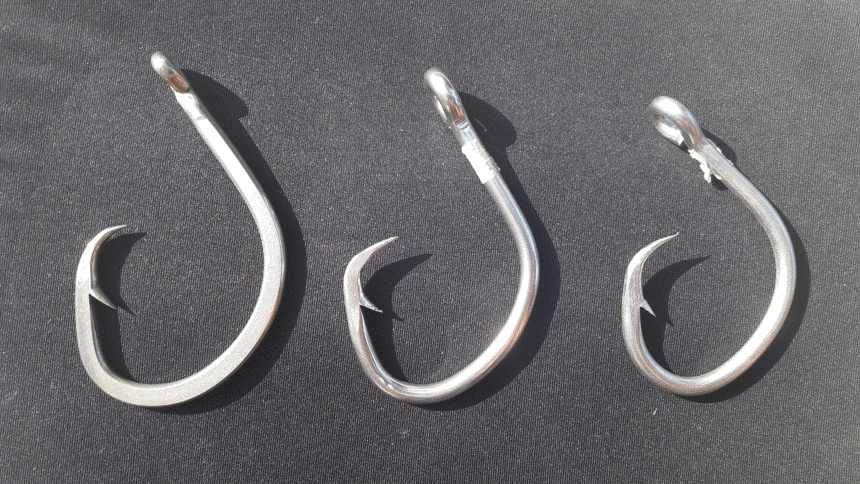The Atlantic Ocean has served as a laboratory for pioneering work to save sea turtles. It is where Professor Archie Carr—and many whom he inspired— first addressed some profound mysteries that had stymied the conservation of such enigmatic marine animals. Loggerhead sea turtles …
Read MoreThanks to the decades of effort by dedicated beach monitors around the world we know where populations with positive trends are offering beacons of hope. Until recently, the Northwest Atlantic (NWA) leatherback, which nests throughout the Wider Caribbean region and spans the entire North Atlantic Ocean, even peeking into the Mediterranean, was one such beacon.
Read MoreIncidental capture of sea turtles in pelagic and coastal fisheries (also called bycatch) is arguably the greatest threat to sea turtles worldwide. Yet, until recently, there was practically no information regarding sea turtle interactions with longline fisheries in the southwestern Atlantic Ocean. The first studies about this topic were made public by Uruguayan researchers in 1998, the same year that Brazilian researchers presented a report about the incidental capture of loggerhead turtles by longline vessels in Brazil. Although the government insisted that incidental capture was very low, Brazilian NGOs such as Projeto TAMAR asserted the opposite.
Read MoreTEDs are a simple but elegant solution for minimizing sea turtle bycatch in trawl fisheries. As such, they are now mandated by many governments around the world and their use is enforced. However, Europe, which is the largest market for fisheries products in the world, has no such regulation and provides an alternative market for countries that do not use TEDs.
Read MoreThe East Pacific population of the leatherback is one of the world’s most threatened marine turtle regional management units, due in large part to bycatch of leatherbacks in foraging grounds. There may now be fewer than 1,000 adult females in this population owing to a combination of fisheries bycatch, egg harvesting, and other threats. As such, an expert working group was assembled to develop a 10-year regional action plan to halt and reverse the decline of the East Pacific leatherback turtle.
Read MoreGhost gear—intentionally or unintentionally abandoned, lost, or otherwise discarded fishing gear—is a global conservation problem that affects dozens of marine species, including sea turtles. Ghost gear continues to catch target and non-target species long after being lost, abandoned, or discarded, a process called ghost fishing.
Read MoreCoastal gillnet fisheries are some of the most common fisheries throughout the world, and they play an important role in the food security, economics, and culture of coastal communities. Yet gillnet fisheries are often problematic because of their nonselective impact on the marine environment; they incidentally capture many nontarget species.
Read More









